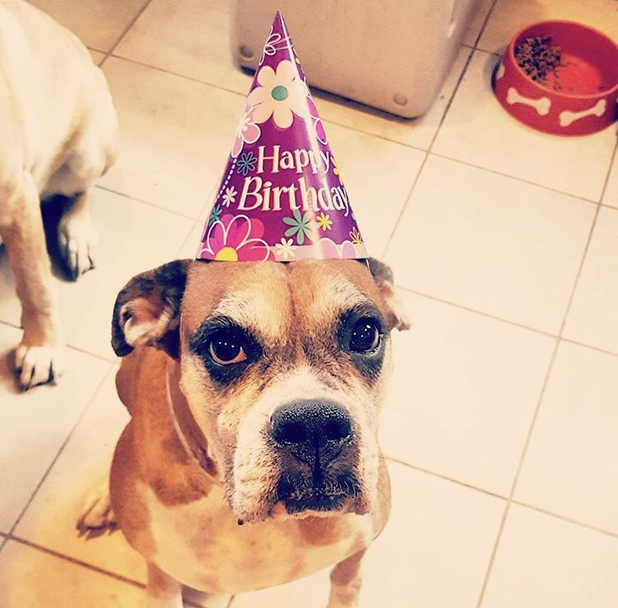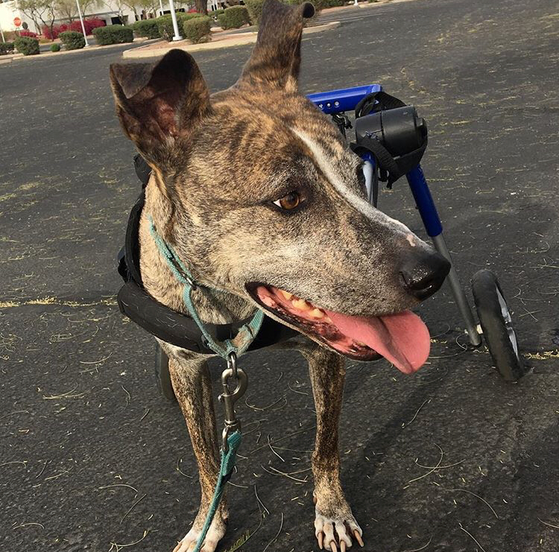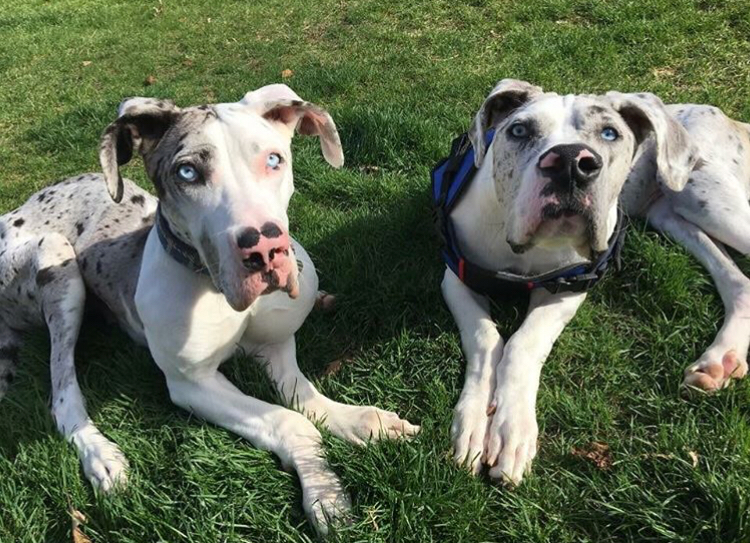|
12/20/2018 13 Comments LILLY MAEThanks to Jennifer for sharing this great story of her dog, Lilly Mae's recovery from a fibrocartilaginous embolism (FCE). While recovery from FCE (and other neurological conditions, such as IVDD) is quite common, understandably most people prefer to put this difficult period behind them and we don't get to share these important stories. Tell us about Lilly Mae's experience with FCE
13 Comments
6/25/2018 2 Comments BURTONToday we talk to Meredith who kindly shares her experience with her dog Burton. Meredith adopted Burton from the Arizona Animal Welfare League when he was about 6 months old. Burton became paralyzed during 2016 from a suspected Fibrocartilagenous Embolism (FCE). Meredith tells their story and offers some great tips on bladder management and keeping high energy dogs entertained. Could you tell us about Burton's condition?I will never forget March 6, 2016 when I woke for my normal morning walk with my three rescue dogs to find Burton paralyzed. It was completely unexpected and an incredibly scary experience not knowing what happened or if something could have been prevented.
Over two years later, Burton scoots around with his super strong front legs in the house and yard and also has a wheelchair for walking. He just recently hit 1.5 miles which is the furthest he has gone on a walk since his paralysis. Burton does not have any feeling midway down his back all the way to his backend. I have to help him pee by expressing his bladder and deal with the other business whenever and wherever it appears. 4/14/2018 1 Comment QUINN & GRAYToday we talk to Alicia from Schwenksville, Pennsylvania about life with Quinn and Gray, two Great Danes born with genetic deformities. She shares their story as well as some advice on caring for disabled dogs. Could you tell me about Quinn and Gray's disability?Quinn and Gray have full body genetic orthopedic deformities including kyphosis, lordosis, angular limb deformities, and stunted growth. Both were normally developing until about 6 weeks of age. We had already chosen Quinn out of his litter. When he was unable to walk and began showing issues we didn’t faulter. He deserved our home and our family. We took him home with a 4 month life expectancy. When he reached his “expiration date” he was doing better than ever expected. He went front being unable to bare any weight on all four limbs to sling walking and standing on his own when propped up. We decided to adopt his brother Gray at that point. Gray had just begun walking on his own. We brought Gray home to motivate Quinn, but we ended up falling in love with him. Quinn and Gray are very much best friends and brothers. They make each others lives complete. What's a regular day like caring for two, big dogs with disabilities? |
Search or select topicsAll Acupuncture Arthritis Bladder Management Blindness Bowel Management Cerebellar Hypoplasia Deaf Degenerative Myelopathy Diabetes Diet Electro Stimulation FCE Genetic Disorder Grooming Hemivertebrae Hydrotherapy Incontinence IVDD Laser Therapy Limb Amputation Limb Deformity Paralysis Physical Therapy Rescue Spinal Injury |
Search by typing & pressing enter



